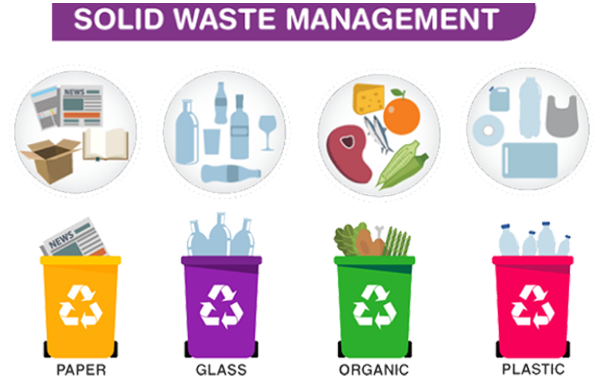Solid waste management is an essential service in any society. Before introducing the process, however, let’s start with a discussion of the material being managed—solid waste.
Solid waste refers to the range of garbage materials—arising from animal and human activities—that are discarded as unwanted and useless. Solid waste is generated from industrial, residential, and commercial activities in a given area, and may be handled in a variety of ways. As such, landfills are typically classified as sanitary, municipal, construction and demolition, or industrial waste sites.
Waste can be categorized based on material, such as plastic, paper, glass, metal, and organic waste. Categorization may also be based on hazard potential, including radioactive, flammable, infectious, toxic, or non-toxic wastes. Categories may also pertain to the origin of the waste, whether industrial, domestic, commercial, institutional, or construction and demolition.
Regardless of the origin, content, or hazard potential, solid waste must be managed systematically to ensure environmental best practices. As solid waste management is a critical aspect of environmental hygiene, it must be incorporated into environmental planning.


